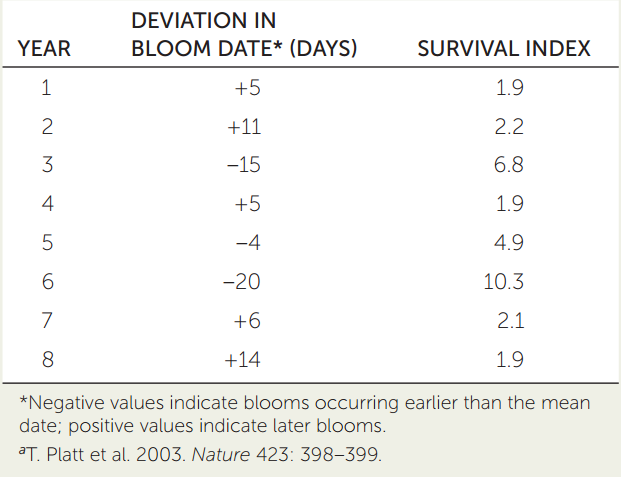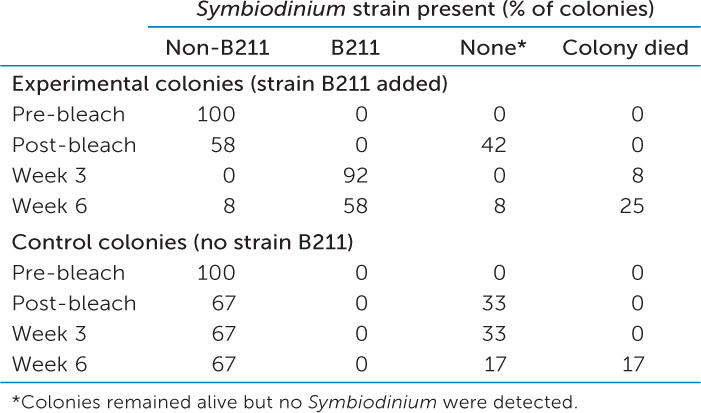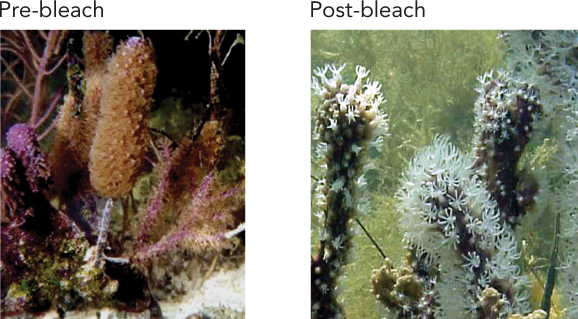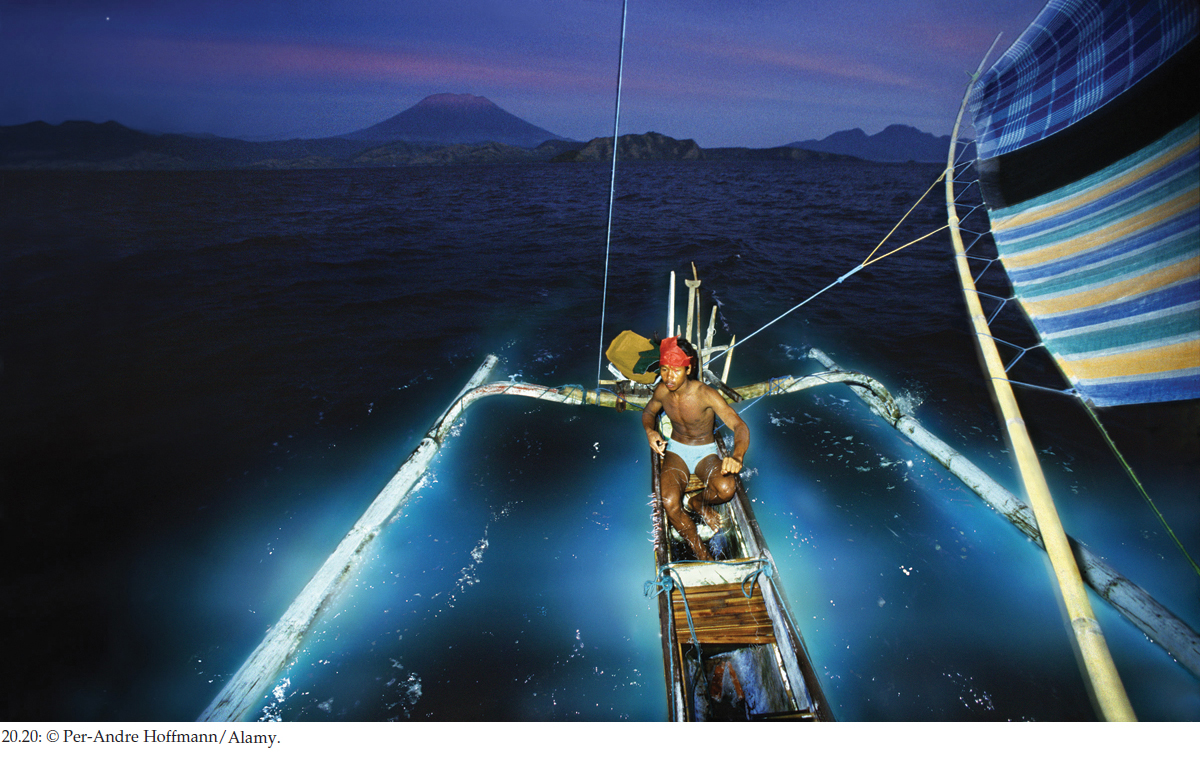CONCEPT20.4 Protists Are Critical Components of Many Ecosystems
Some protists are food for marine animals, while others poison those animals. Some are packaged as nutritional supplements for humans, and some are human pathogens. The remains of some form the sands of many modern beaches, and others are a major source of the oil that sometimes fouls those beaches.
Phytoplankton are primary producers
A single protist clade, the diatoms, performs about one-fifth of all photosynthetic carbon fixation on Earth—about the same amount as all of Earth’s rainforests. These spectacular unicellular organisms (see Figure 20.7) are the predominant component of the phytoplankton, but the phytoplankton include many other protists that contribute heavily to global photosynthesis. Like green plants on land, these “floating photosynthesizers” are the gateway for energy from the sun into the rest of the living world. In other words, they are primary producers. These autotrophs are eaten by heterotrophs, including animals and many other protists. Those consumers are, in turn, eaten by other consumers. Most aquatic heterotrophs (with the exception of some species in the deep sea) depend on photosynthesis performed by phytoplankton.
LINK
Much of the energy contained in autotrophs is unavailable to the heterotrophs that eat them; see Concept 44.3 for a discussion of energy flow through communities
Some microbial eukaryotes are deadly
Some microbial eukaryotes are pathogens that cause serious diseases in humans and other vertebrates. The best-known pathogenic protists are members of the genus Plasmodium, a highly specialized group of apicomplexans that spend part of their life cycle as parasites in human red blood cells, where they are the cause of malaria. In terms of the number of people affected, malaria is one of the world’s three most serious infectious diseases: it infects more than 350 million people, and kills more than 1 million people, each year. On average, about two people die from malaria every minute of every day—most of them in sub-Saharan Africa, although malaria occurs in more than 100 countries.
416
Protists are critical components of many ecosystems
In most temperate regions of the oceans, there is a spring bloom of phytoplankton. Although the red tide blooms described in this chapter’s opening story are harmful, phytoplankton blooms can also be beneficial for marine communities. In fact, many species of marine life depend on these blooms for their survival.
The dates of spring phytoplankton blooms near the coast of Nova Scotia, Canada, were determined by examining remote satellite images. The table to the right presents these dates as deviations from the mean date of the spring bloom in this region.a The table also gives the survival index for larval haddock (an important commercial fish) for the year after each bloom. The survival index is the ratio of the mass of juvenile fish to the mass of mature fish; higher values indicate better survival of larval fish.
- Plot the survival index of larval haddock against the deviation in the date of the spring phytoplankton bloom. Calculate a correlation coefficient for their relationship (see Appendix B).
- Formulate one or more hypotheses to explain your results. Keep in mind that larval haddock include phytoplankton in their diet, and that phytoplankton blooms also provide some cover in which larval fish can hide from potential predators.

Mosquitoes of the genus Anopheles transmit Plasmodium to humans. The parasites enter the human circulatory system when an infected female Anopheles mosquito penetrates the skin in search of blood. The parasites find their way to cells in the liver and the lymphatic system, change their form, multiply, and reenter the bloodstream, where they invade red blood cells.
The parasites multiply inside the red blood cells, which then burst, releasing new swarms of parasites. These episodes of bursting red blood cells coincide with the primary symptoms of malaria, which include fever, shivering, vomiting, joint pains, and convulsions. If another Anopheles bites the victim, the mosquito takes in Plasmodium cells along with blood. Some of the ingested cells develop into gametes that unite in the mosquito, forming zygotes. The zygotes lodge in the mosquito’s gut, divide several times, and move into its salivary glands, from which they can be passed on to another human host. Thus Plasmodium is an extracellular parasite in the mosquito vector and an intracellular parasite in the human host.
Plasmodium has proved to be a singularly difficult pathogen to attack. The complex Plasmodium life cycle is best broken by the removal of stagnant water, in which mosquitoes breed. Using insecticides to reduce the Anopheles population can also be effective, but the benefits must be weighed against the ecological, economic, and health risks posed by the insecticides themselves.
Even some of the phytoplankton that are such important primary producers can be deadly, as described in this chapter’s opening story. Some diatoms and dinoflagellates reproduce in enormous numbers when environmental conditions are favorable for their growth. In the resulting red tides, the concentration of dinoflagellates may reach 60 million per liter of ocean water and produce potent nerve toxins that harm or kill many vertebrates, especially fish.
Some microbial eukaryotes are endosymbionts
Endosymbiosis is common among the microbial eukaryotes, many of which live within the cells of animals. Many radiolarians harbor photosynthetic endosymbionts (see Figure 20.11A). As a result, these radiolarians, which are not photosynthetic themselves, appear greenish or golden, depending on the type of endosymbiont they contain. This arrangement is often mutually beneficial: the radiolarian can make use of the carbon compounds produced by its photosynthetic guest, and the guest may in turn make use of metabolites made by the host or receive physical protection. In some cases, the guest is exploited for its photosynthetic products while receiving little or no benefit itself.
Dinoflagellates are also common endosymbionts and can be found in both animals and other protists. Most, but not all, dinoflagellate endosymbionts are photosynthetic. Some dinoflagellates live endosymbiotically in the cells of corals, contributing the products of their photosynthesis to the partnership. Their importance to the corals is demonstrated when the dinoflagellates die or are expelled by the corals as a result of changing environmental conditions such as rising water temperatures or increased water turbidity. This phenomenon is known as coral bleaching. Unless the corals can acquire new endosymbionts, they are ultimately damaged or destroyed as a result of their reduced food supply (FIGURE 20.19).
Investigation
HYPOTHESIS
Bleached corals can acquire new photosynthetic endosymbionts from their environment.
- Count numbers of Symbiodinium, a photosynthetic dinoflagellate, living symbiotically in samples of a coral (Briareum sp.).
- Stimulate bleaching by maintaining all Briareum colonies in darkness for 12 weeks.
- After 12 weeks of darkness, count numbers of Symbiodinium in the coral samples; then return all colonies to light.
- In some of the bleached colonies (the experimental group), introduce Symbiodinium strain B211—dinoflagellates that contain a unique molecular marker. A control group of bleached colonies is not exposed to strain B211. Maintain both groups in the light for 6 weeks.
Error bars indicate 95% confidence intervals for the mean (see Appendix B).

CONCLUSION
Corals can acquire new strains of endosymbionts from their environment following bleaching.
ANALYZE THE DATA
These data—the results of DNA analysis of the Symbiodinium endosymbionts—reveal that many of the experimental colonies took up strain B211 from their environment. The control colonies recovered their native Symbiodinium, except in colonies in which endosymbionts were completely lost. Use these data to answer the questions below.

- Are new strains of Symbiodinium taken up only by coral colonies that have lost all their original endosymbionts?
- Does the acquisition of a new Symbiodinium strain always result in survival of a recovering Briareum colony?
- In week 3, only strain B211 was detected in the experimental colonies, but in week 6, non-B211 Symbiodinium were detected in 8% of the experimental colonies. Can you suggest an explanation for this observation?

aC. L. Lewis and M. A. Coffroth. 2004. Science 304: 1490–1492.
417
We rely on the remains of ancient marine protists
Diatoms are lovely to look at, but their importance to us goes far beyond aesthetics, and even beyond their role as primary producers. Diatoms store oil as an energy reserve and to keep themselves afloat at the correct depth in the ocean. Over millions of years, diatoms have died and sunk to the ocean floor, where they have been compressed by sediments and undergone chemical changes. In this way, they have become a major source of petroleum and natural gas, two of our most important energy supplies and political concerns.
418
Because the silica-containing cell walls of dead diatoms resist decomposition, some sedimentary rocks are composed almost entirely of diatom skeletons that sank to the seafloor over time. Diatomaceous earth, which is obtained from such rocks, has many industrial uses, such as insulation, filtration, and metal polishing. It has also been used as an “Earth-friendly” insecticide that clogs the tracheae (breathing structures) of insects.
Other ancient marine protists have also contributed to today’s world. Some foraminiferans, as we have seen, secrete shells of calcium carbonate. After they reproduce (by mitosis and cytokinesis), the daughter cells abandon the parent shell and make new shells of their own. The discarded shells of ancient foraminiferans make up extensive limestone deposits in various parts of the world, forming a layer hundreds to thousands of meters deep over millions of square kilometers of ocean bottom. Foraminiferan shells also make up much of the sand of some beaches. A single gram of such sand may contain as many as 50,000 foraminiferan shells and shell fragments.
The shells of individual foraminiferans are easily preserved as fossils in marine sediments. Each geological period has a distinctive assemblage of foraminiferan species. Because the shells of foraminiferan species have distinctive shapes (see Figure 20.10), and because they are so abundant, the remains of foraminiferans are especially valuable in classifying and dating sedimentary rocks. In addition, analyses of the chemical makeup of foraminiferan shells can be used to estimate the global temperatures prevalent at the time when the shells were formed.
CHECKpointCONCEPT20.4
- What is the role of female Anopheles mosquitoes in the transmission of malaria?
- Explain the role of dinoflagellates in the two very different phenomena of coral bleaching and red tides.
- What are some of the ways in which diatoms are important to human society?
The next three chapters will explore the three major groups of multicellular eukaryotes, along with the protist ancestors from which they arose. Chapter 21 will describe the origin and diversification of the plants, Chapter 22 will present the fungi, and Chapter 23 will describe the animals.
Red tides are harmful, but can dinoflagellates also be beneficial to marine ecosystems?
ANSWER Not all dinoflagellate blooms produce problems for other species. Dinoflagellates are important components of many ecosystems, as we have seen throughout this chapter. Corals and many other species depend on symbiotic dinoflagellates for photosynthesis (see Figure 20.19). In addition, as photosynthetic organisms, free-living planktonic dinoflagellates are among the most important primary producers in aquatic food webs. They are a major component of the phytoplankton and provide an important food source for many species (see Concept 20.4). Photosynthetic dinoflagellates also produce much of the atmospheric oxygen that most animals need to survive.
Some dinoflagellates produce a beautiful bioluminescence (FIGURE 20.20). Unlike the bioluminescent bacteria discussed at the start of Chapter 19, however, dinoflagellate bioluminescence is not steady. These protists produce flashes of light when disturbed, as people who swim in the ocean at night in certain regions often observe.

419